(Originally published on Medium — 日本語版)
A few weeks ago, I had the opportunity to speak at Agile Japan ’21 The focus for the conference was “The heart of Agile”, inspired by Alistair Cockburn’s model.
My talk was on Building a coaching culture: from doing Agile to being Agile. The intention was to communicate that Agile is not really something we do, but something we learn to become.
Some of the key points I focused on were:
Symptoms of Agile dysfunction
There is sometimes a perception that it is hard to successfully implement Agile and see desired results.
I believe this is rooted in a number of “anti-patterns” or what I labelled “symptoms of Agile dysfunction” in my presentation. Here are some examples, but there are probably many others.
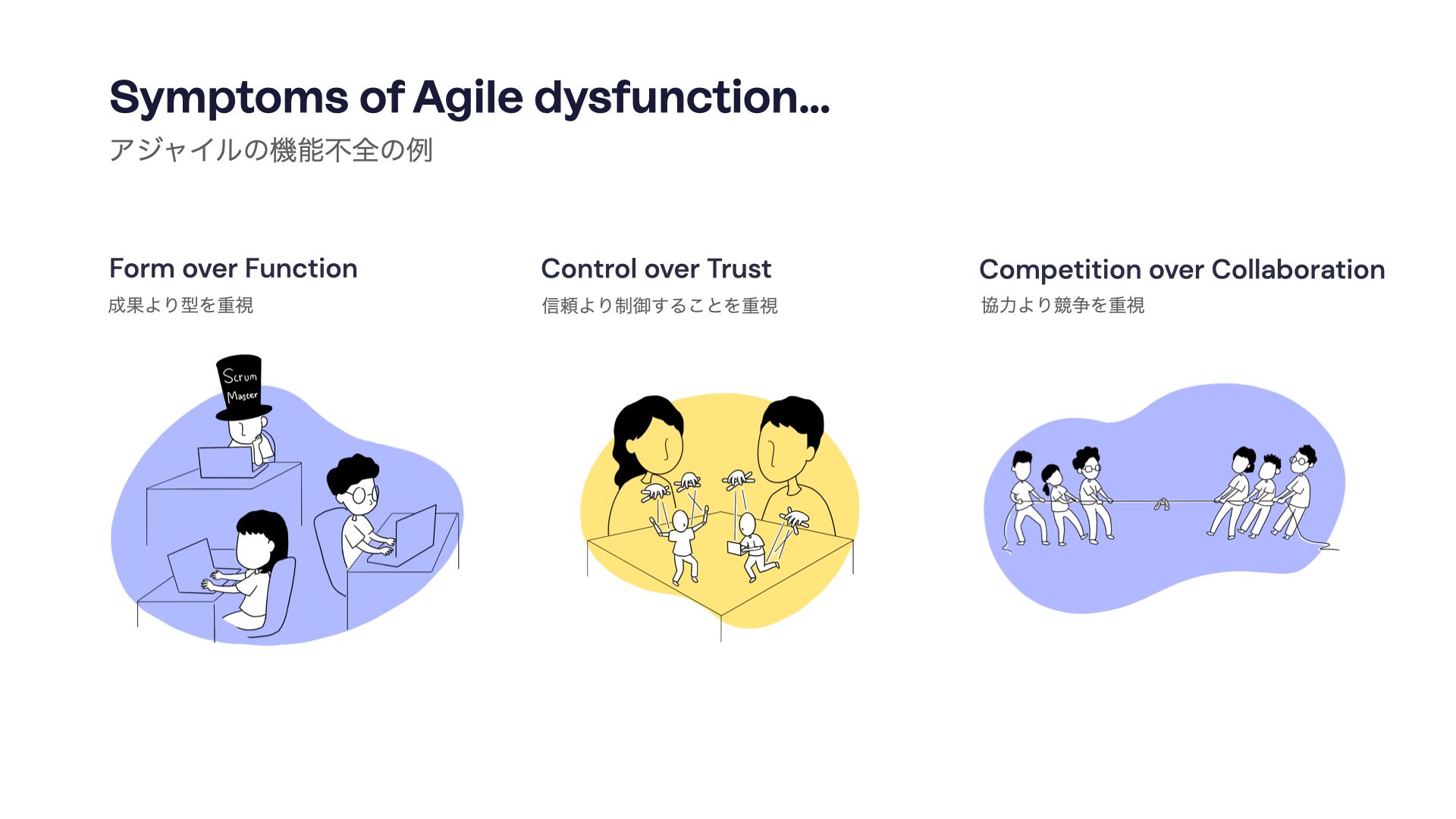
Form over function — This is the case when companies hire consultants, go through training and certification etc. but lose focus on the results.
Control over trust — This tends to happen when the company fundamentally believes in Agile, but feel uncomfortable when this impacts executive planning and budgeting. Such companies apply a layer of control rooted in conventional planning, which leads to conflicting metrics between product teams and management.
Competition over collaboration — There is a strong historical belief that healthy internal competition brings better results, but this leads to misalignment between teams collaborating across the organisation to achieve the best product outcomes and at the same time competing for resources.
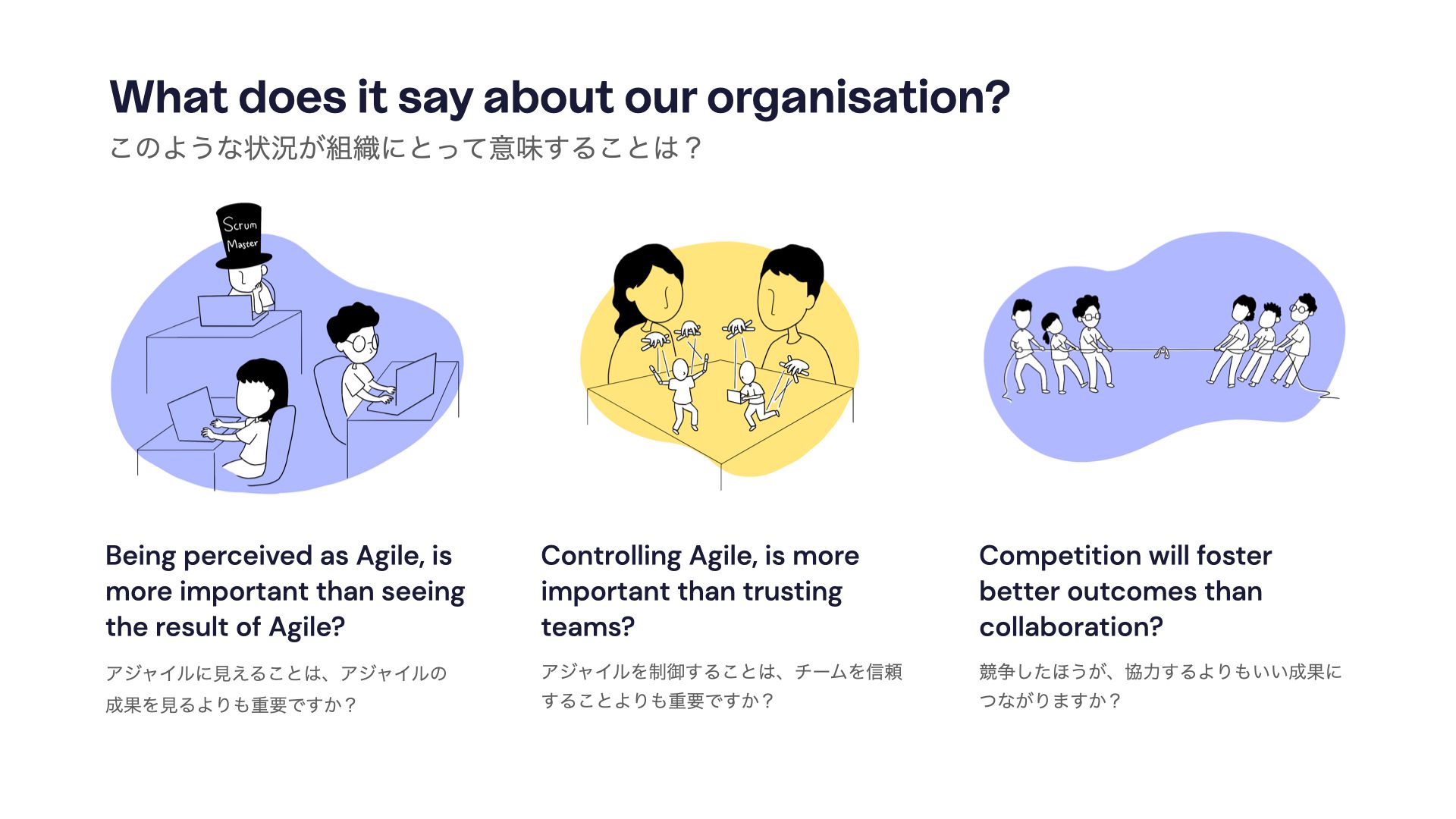
More importantly, this communicates something about the company culture that is probably not aligned with our underlying goals.
Form over function — We believe it’s more important to be perceived as Agile than to actually reap the results of Agile ways of working.
Control over trust — Instead of trusting and empowering our teams to do their best work, we prioritise having a sense of control.
Competition over collaboration — We believe competition will foster better outcomes than collaboration.
Inevitably, this is probably not what you aimed for, but this can be an effective way to look at how your Agile transformation plan aligns with your organisational values.
It’s about culture
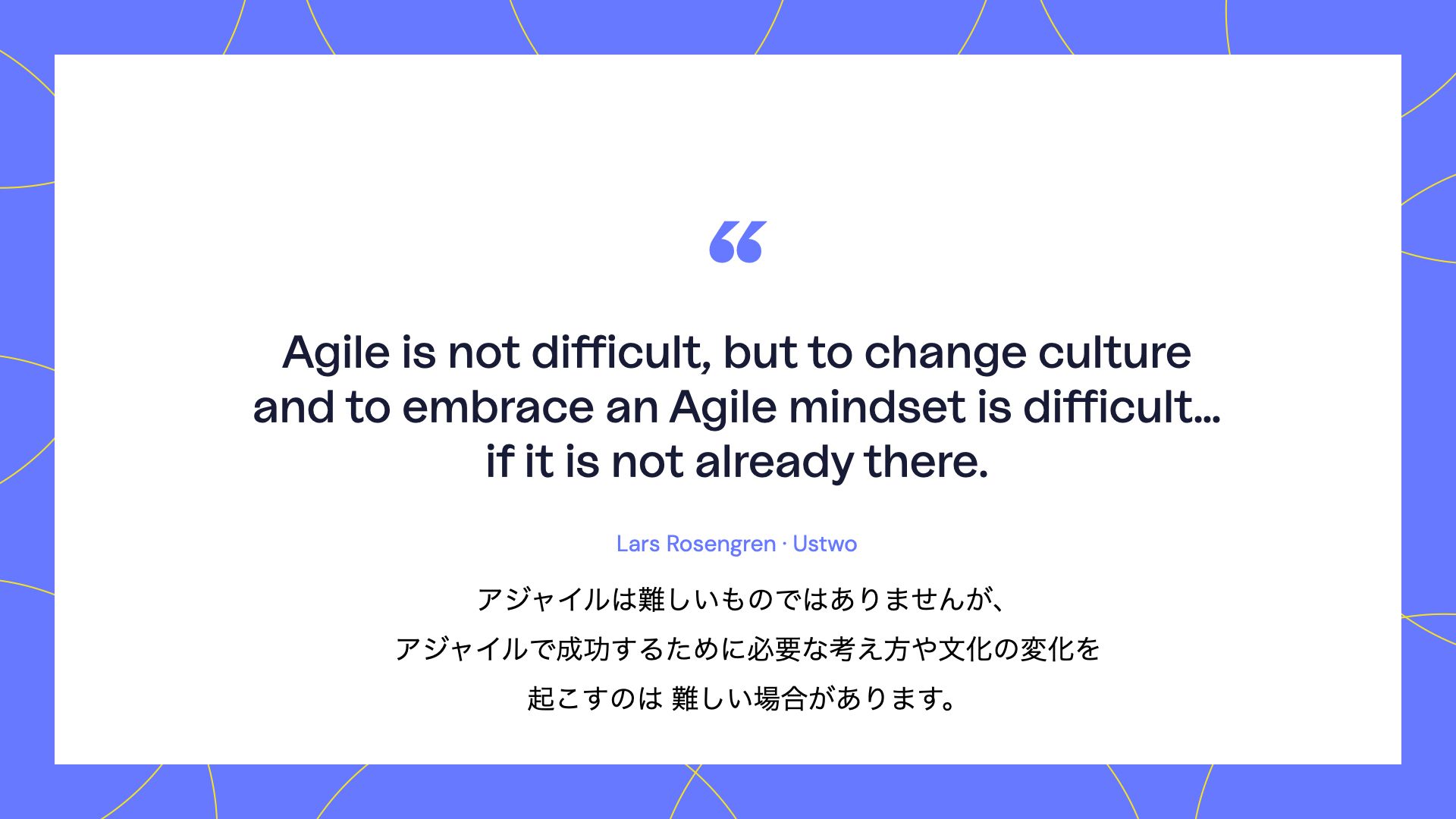
In essence, these symptoms of Agile dysfunction really indicate that Agile is not difficult, but to change culture and to embrace an Agile mindset is difficult.
To successfully implement Agile, we need to be aware that it is not a change of process or tools, but a cultural change we are trying to achieve.
Ustwo’s approach to “being Agile”
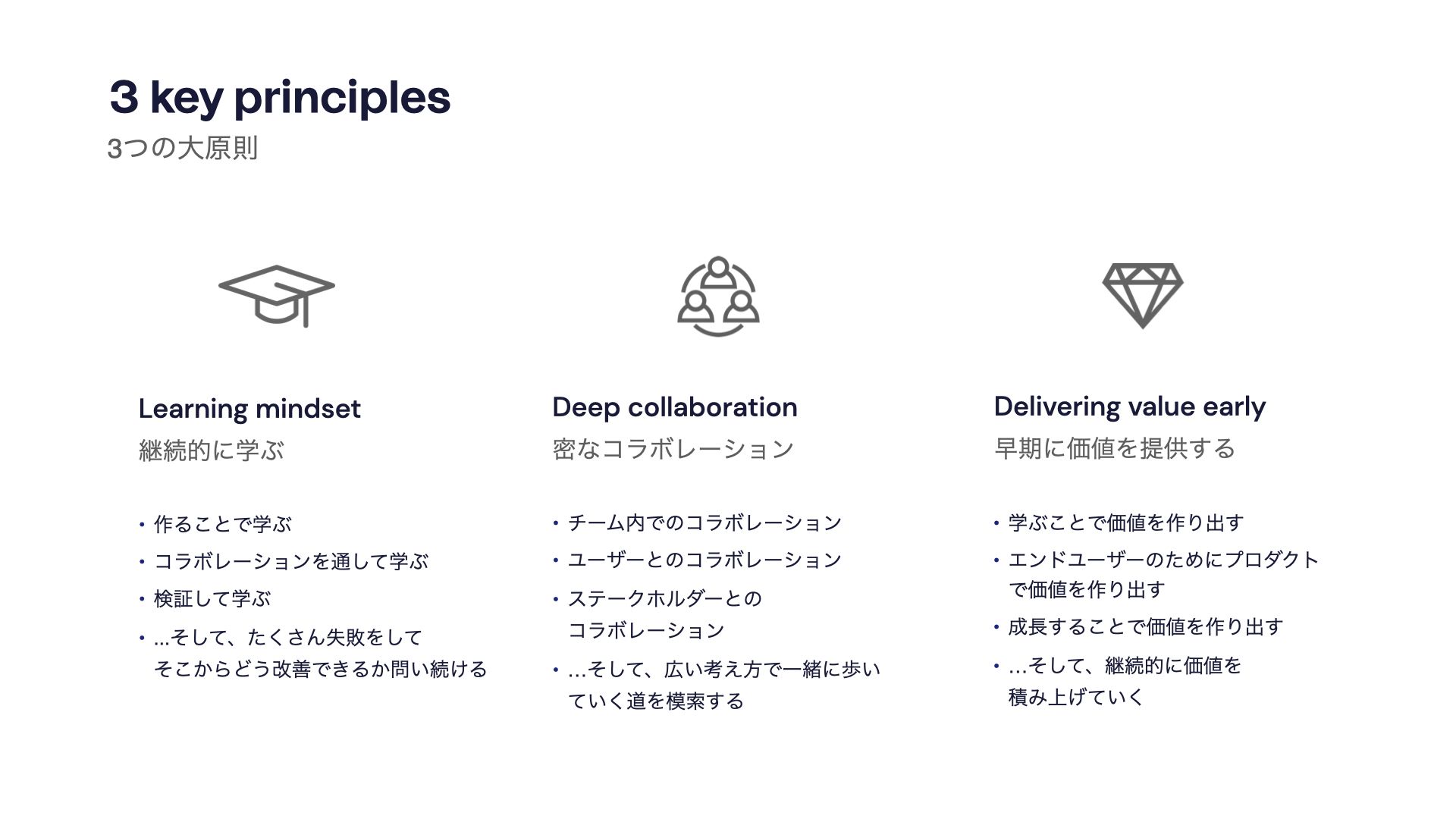
In my talk, I explained how Ustwo has created a set of principles that are linked to Agile, but also rooted in our company culture. These enable us to have sufficient flexibility and consistency across a variety of projects that we work with.
This is not a recipe for other companies. Instead, I think it is important to link an Agile mindset to the unique characteristics of your company culture in order to put the right foundations in place.
Building a coaching culture
Of course, having principles is useful, but how do we turn principles into practice?
I believe that Agile coaches and coaching can play a key role to support an organisation to reinforce cultural transformation. They act as a servant leaders to the teams and create the foundations for effective collaboration.
Here are some examples of how the coach supports the practice of our delivery principles:
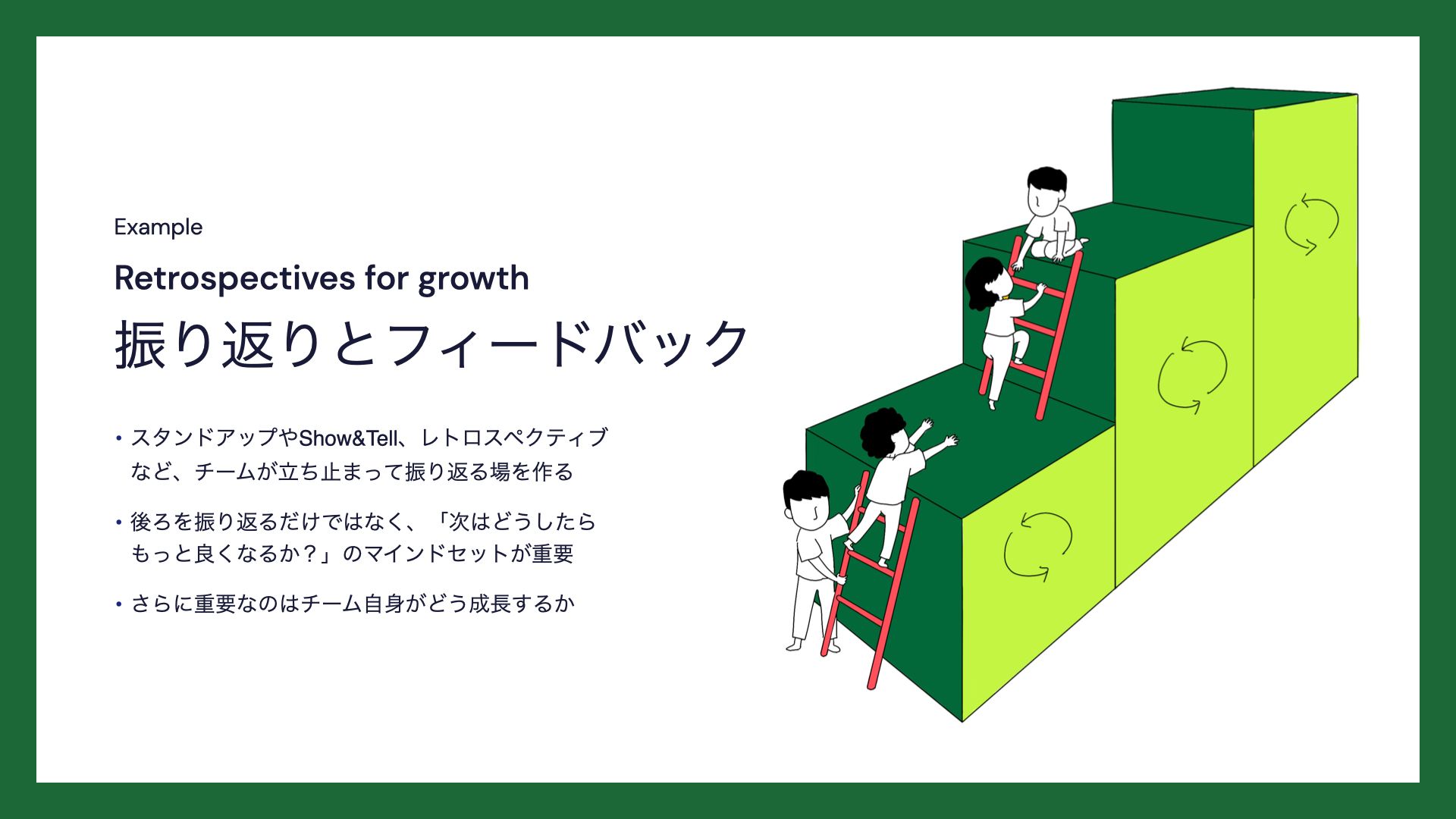
Cultivating a Learning mindset is about reflection on multiple level, particularly through retrospectives. These are often treated as a necessary ritual within Agile teams to figure out how we slightly improve for the next sprint. However, retrospectives and other forms of feedback are essential to enable the team to grow on multiple level, in how we work, what we focus on, how we can better support each other, how we can challenge ourselves to work smarter etc.
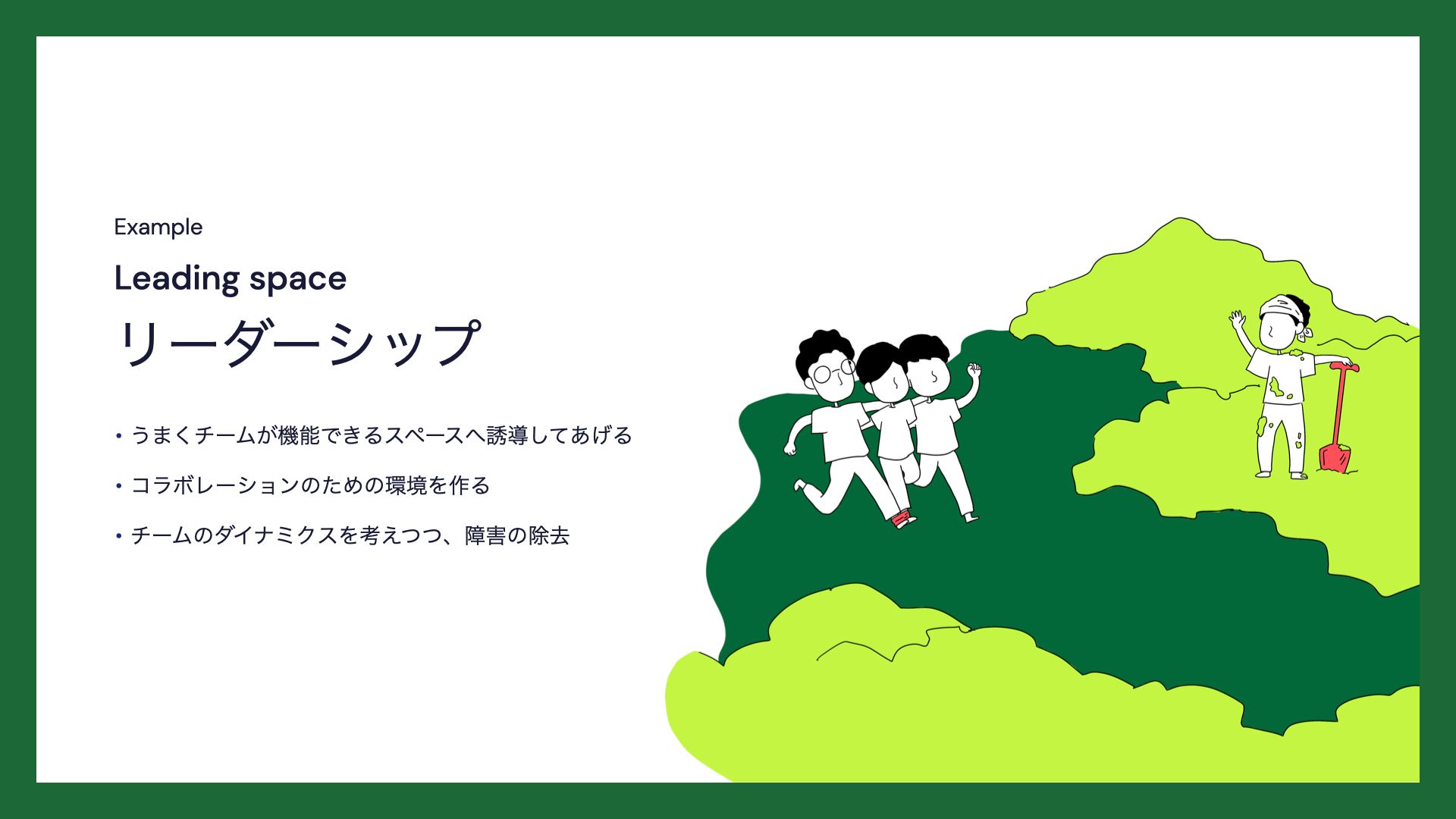
The coach takes a servant leader role in relation to the team. While this may involve individuals, tasks, features, goals to be met etc. the main focus for the coach is on “Leading space”. What we mean by this is to stay focused on team dynamics, creating the foundations for effective and deep collaboration, which is not restricted to the team, to achieve the best product outcomes.

Another important role of the coach is to constantly bring perspective on the work, so that the team reflects and challenges themselves to stay focused on delivering value early. An essential ingredient to provide perspective, is to ask the right questions. This has been discussed in more detail in a previous blog post on Asking different questions.








